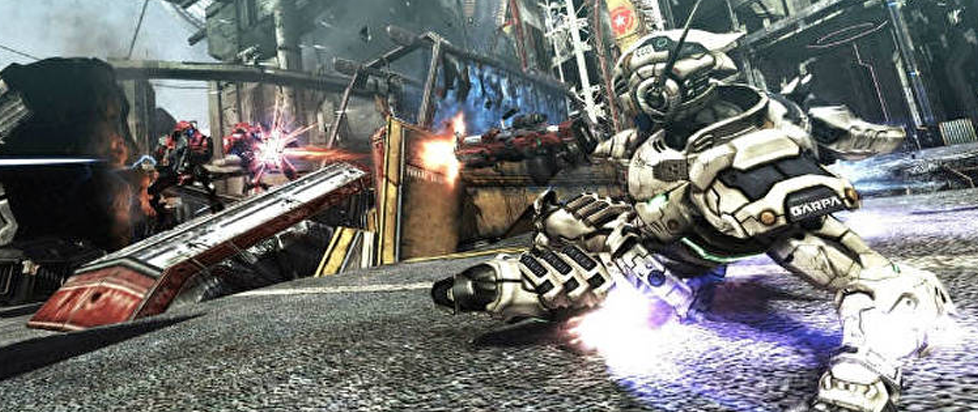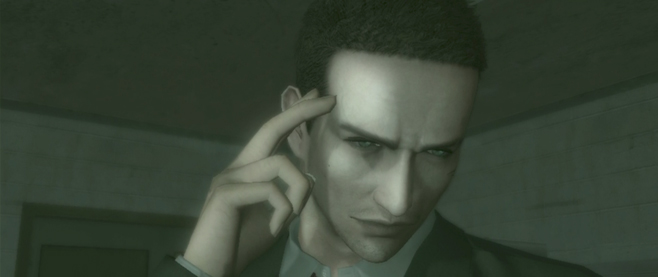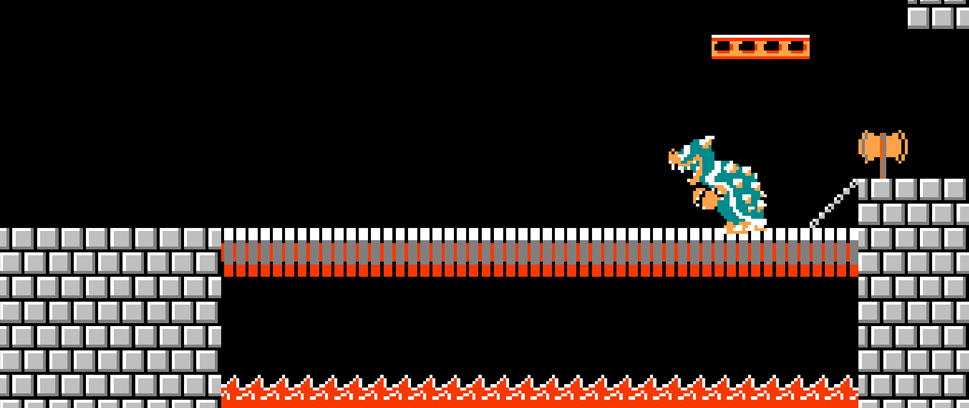
Vanquish and the Joy of Movement
Nothing in games is more joyful than swift movement. Just the act of flying through environments with the greatest of ease is a big reason why people gravitate to games. Not all games provide this thrill, of course. The beauty of games is that they can offer a wide variety of experiences, after all. But there’s a reason why people ride on roller coasters at theme parks. We want the shot of adrenaline that comes with moving at super speeds without the risk, so what better medium to explore that with than video games? And as Vanquish shows, super speeds can be inserted into even the most staid genres to freshen them up and get us to feel the rush of the action.
Third-person shooters had a bit of a renaissance a few years before Vanquish came out. Resident Evil 4 rethought how the player’s perspective could change to behind the character’s back to make for a more dynamic game, but it was Gears of War that truly codified how third-person shooters would look for the foreseeable future. Not only did it have a militaristic coat of paint on it to make its innovations more appealing to a Western aesthetic, but it also made steps forward that made sense given the heat of battle. A cover mechanic that hadn’t been dabbled with except in obscure games like Kill Switch was perfected here, making firefights much more dangerous and forcing you to hide behind debris lest you get turned into swiss cheese. In the same spirit, Gears instituted what the game calls a “roadie run”, where you hold down a button and get a burst of speed while you’re hunched over. It works well for darting from cover to cover and makes battlefields feel more dynamic.
The thing is, though, that the roadie run doesn’t feel good to do, which seems like it’s by design. You can’t steer your character very well when you’re running, which encourages you to stick to cover as much as possible so you don’t have to do that roadie run anymore. This isn’t inherently a bad thing, as it’s designed this way to make traversing between cover as tense as possible. But the template stuck and other, similar games starting aping Gears, building on it, yes, but also not really deviating from it. There’s room for other expressions of the same form.
Enter Vanquish, a third-person shooter by Resident Evil 4’s Shinji Mikami. You could say this is his way of taking back the genre from those who colonized it, but that does a disservice to the game’s most striking feature: its movement. Much like in Gears, Vanquish features a locomotion system that dynamically lets you go from cover to cover. Where it diverges from the roadie run is how fast you go, as your rocket-propelled suit launches you wherever you need to go in the blink of an eye. It drains the tension somewhat in a vacuum, but in practice, the enemies are built with your locomotion in mind. In Gears, they’re almost always in front of you, whereas Vanquish has enemies flanking you all the time, forcing you to dart between cover. It also gives the game a risk/reward element in concert with its time-slowing mechanic. If you’re about to die from gunfire, the emergency slowdown system will kick in, giving you a limited window to get to a safe spot. It also kicks in if you fire your gun while rocketing around, letting you strategically fly around the battlefield and hitting weak points. But once the cooldown meter fills up, you won’t be able to use your mobility features or time slowdown until it resets again. It’s an elegant system that allows for some explosive battles.
More than anything, though, the fine details of the locomotion system allow for the elemental joy of sprinting around the battlefield to come through. There’s just something pure and exhilarating about experiencing simulated speed. The rest of Vanquish is honestly pretty iterative of the Gears formula, but everything about the game transforms thanks to your speed of movement. Instead of a methodical cover shooter, you’re faced with thrilling set pieces that really let you go for broke. Vanquish truly captures the joy of movement and shows that changing one aspect of a formula can have thunderous ripple effects through the rest of your work.





